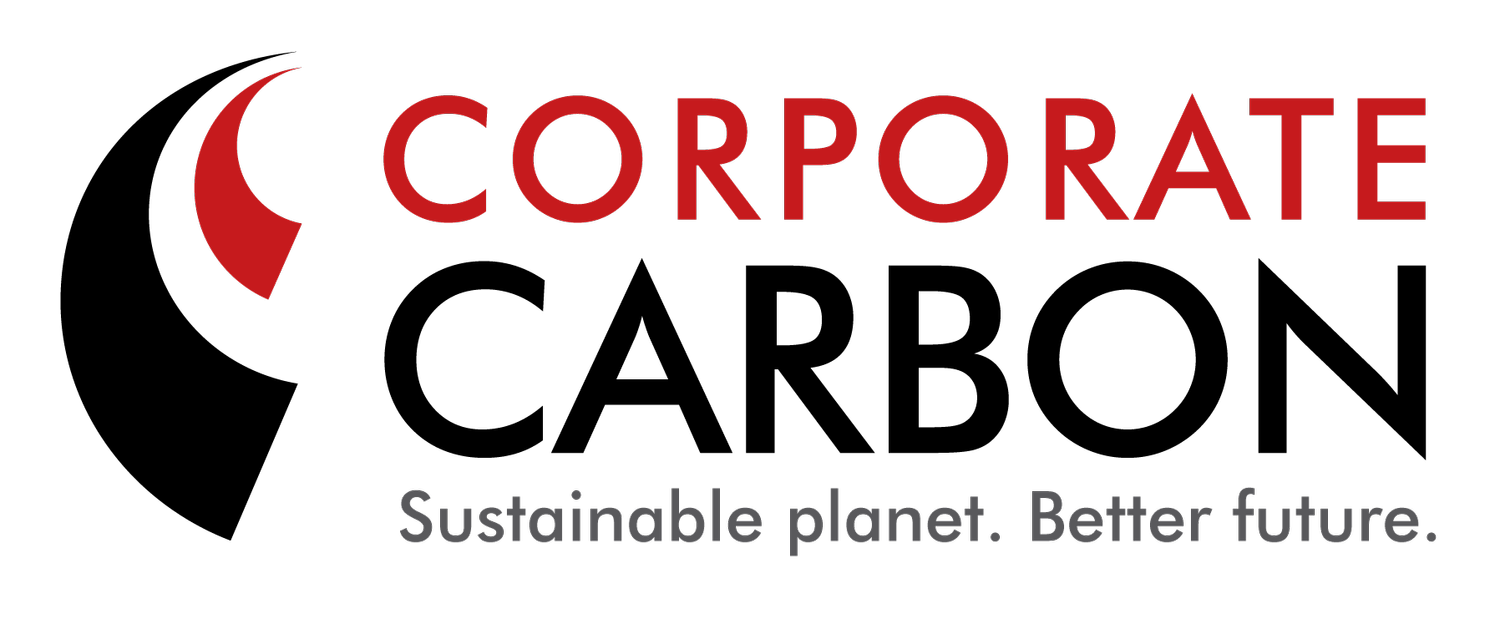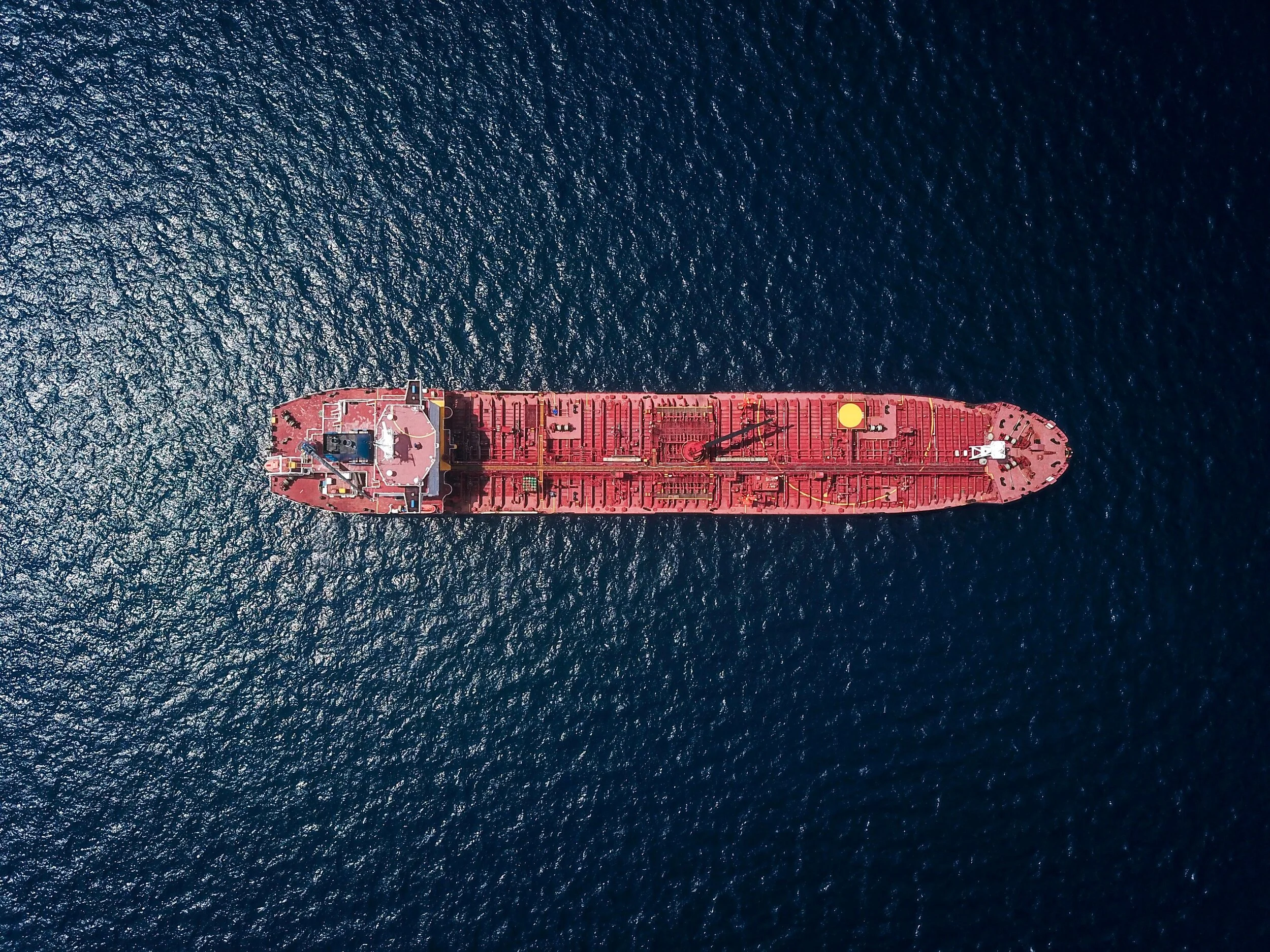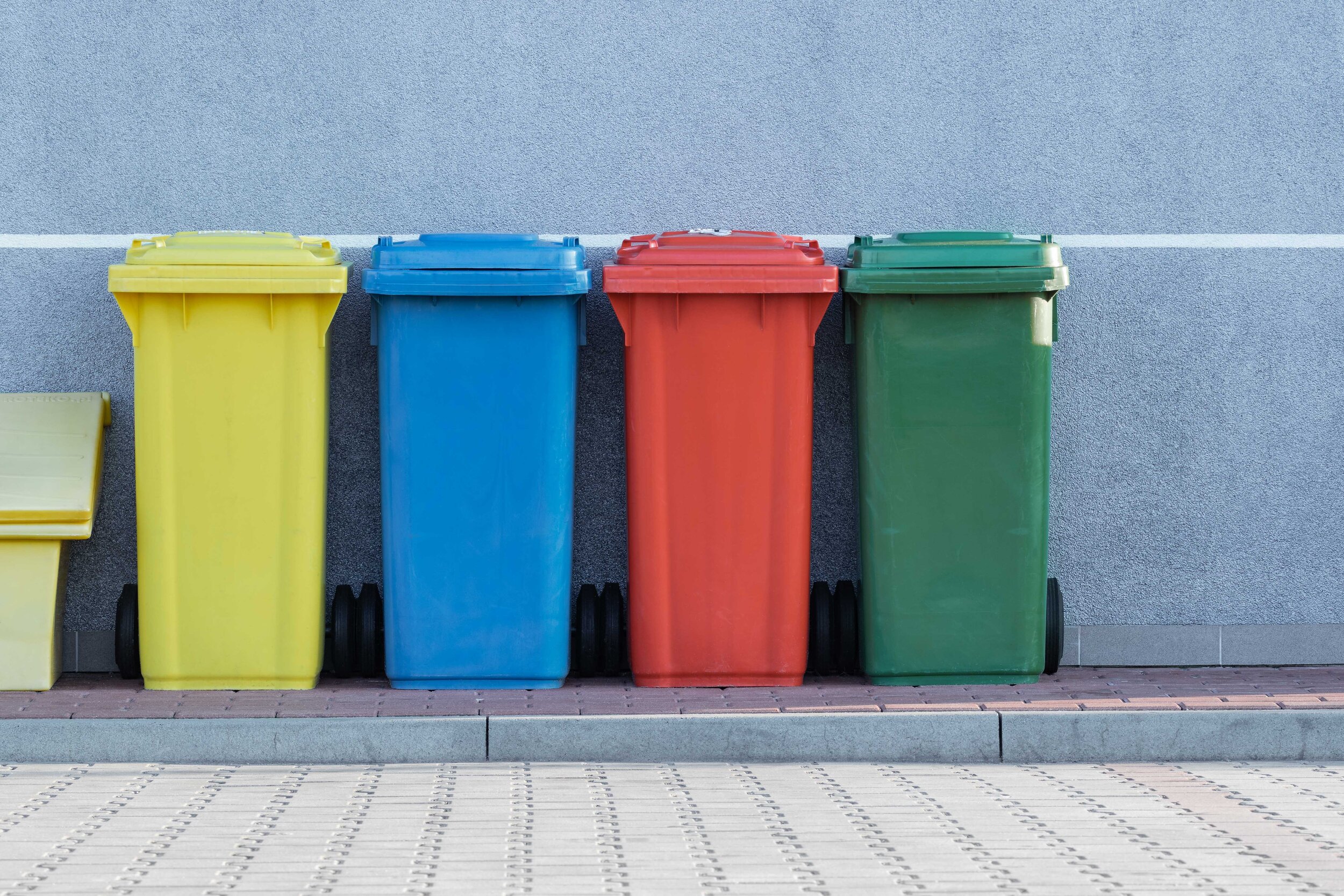
Intermodal Emissions Reduction Project
Land and Sea Transport
Project overview: how is carbon abated?
Land and Sea Transport
The Land and Sea Transport (LST) method applies to projects that reduce emissions by improving fuel efficiency and changing energy sources for vehicles and vessels.
Vehicles may be land vehicles, marine vessels or a combination of both. Activities that could be undertaken to reduce emissions include:
replacing vehicles
modifying existing vehicles or vessels e.g. reducing weight or improving aerodynamics/reduce drag
changing energy sources (fuel switching)
changing operational practices.
Additionally, projects are classified as:
a group of vehicles project
where vehicles in the same category are classified as sub-groups
activities are undertaken at each sub-group level
total abatement is the aggregation of asll sub-group net abatement.
an aggregated individual vehicle project
where vehicle activities are undertaken individually
vehicle net abatement amounts are aggregated across all vehicles in the project for total net abatement.
Emissions abated from the project generates Australian Carbon Credit Units (ACCUs) for each tonne of carbon dioxide equivalent reduced from baseline levels.
Project selection
This project is a ‘group of vehicles’ project coordinated by Corporate Carbon and Resource Intelligence. It brings together road, rail and sea transport operators.
The project has generated in excess of 18,500 ACCUs for emission reduction activities to date.
For more information see Project ID: ERF102258
Intermodal Emissions Reduction Project
The project aims to improve the efficiency of both land vehicles and marine vessels through a combination of approaches, including upgrading engines, propellers and other equipment.
This aggregated project brings together road and sea transport operators from across Australia. Improvements to vehicles and vessels aid overall efficiency improvements. Activities include:
diesel powered ships transitioning to Liquid Natural Gas (LNG) powered vessels
trucks have fuel switched from diesel to bio-diesel
acceleration, cruise and braking installation components have been improved for vans and trucks.
Project participants
This project combines a number of operators that operate on land or sea within Australia.
Postal and delivery services
Australian mail and delivery services work across the country and are a vital part of connecting our society.
Waste management and resource recovery
The waste services industry manages the waste that all of us place into our bins on a weekly basis. Their operations are nationwide and are helping move the country toward a circular economy by valuing everything as a resource.
Primary industries
With operations that spread from sea to land the team we work with on this project provide goods and services to people located across Australia.
Reducing emissions
Postal and delivery services:
Electric bikes have been implemented, replacing older fossil fueled motorbikes, in postal and delivery service operations. While small vans and trucks have had energy sources such as fuels and electricity improved.
Limiting the amount of emissions emitted in communities across the country leads to a cleaner environment for people and children to breathe.
Waste management and resource recovery:
Garbage trucks operate in locations from cities to country towns with front lifts, hook lifts, rear lifts and side lifts, allowing our waste to be taken away from our homes. Adjusting fuel and improving efficiency in acceleration, cruise and brakes provides tangible emissions savings.
Operational efficiency adds value to fleets that collect waste on streets, roads and avenues near you.
Primary industries:
Diesel powered ships have been replaced with LNG for our primary industry vessels. Additionally, marine vessels have been modified to reduce hull friction loss, which reduces fuel consumption per nautical mile.
This process limits harm to waterways, ocean and coastal environments.
Abatement processes
Improved efficiency of vehicles leads to less consumption of fossil fuels. The less fossil fuels used the less greenhouse gas and particulate matter in the atmosphere.
In lay terms, fuel efficiency in vehicles and vessels provide a number of benefits:
they produce fewer carbon dioxide equivalent emissions
the consume less fuel and are less expensive to run.
To learn more about vehicle efficiency visit the Green Vehicle Guide.
Project operations and outcomes
Postal and delivery service
The stakeholders we work with are an integral part of daily life in communities all across Australia. Involving them in the Intermodal Emissions Project creates a tangible difference to communities across Australia. Moreover, commitments to sustainability lead the way toward a cleaner environment and low emissions future.
The vehicles are monitored as per criteria in the LST method and have generated ACCUs for the reduction in emissions compared to the baseline. This proactive approach to new methods and technology enables change across the country.
Waste management and resource recovery
We work with waste and resource recovery operations in multiple methods. For this project the improvement in efficiency has created the largest direct emissions savings for any of the three categories. It highlights that straight forward changes such as improving acceleration and braking capabilities of the vehicles can provide a range of benefits.
These business units enable cleaner change and a less polluted environment in their transport and waste operations. Participating in multiple methods has unlocked opportunity within this industry.
Primary industries
Industries operating on the ocean are a key stakeholder in an approach toward a more environmentally conscious society. Key personnel within this industry have recognised the potential to protect the environment and to deliver a profit for their operations.
Both are able to be achieved with the Intermodal Emissions Reduction Project providing an added source of environmental recognition, in the form of ACCUs, and a financial benefit to becoming involved. The positive impact that is able to be made for the ocean is a prime identifier of success in this project.
Co-benefits: ripples in the pond
Austral Fisheries is a great example of a primary industry organisation implementing sustainable transport activities.
Their organisation has strong commitment to sustainability that improves ocean environments, coastal regions and encourages more action on climate change through community involvement.
The organisation has also been certified carbon neutral. Learn more about carbon neutrality with Climate Active.








Co-benefits: industry transitions
Transport Industry Takes Great Strides Toward Zero Emissions
“The success of this project has been that it has covered multiple types of vehicles and vessels, including more fuel-efficient rigid trucks and light commercial vans, larger payload capacity equipment and introducing electric vehicles to work alongside traditional delivery vehicles.”






Project overview: United Nations Sustainable Development Goals (UN SDGs)
Good health and well being
A reduction in dirty fuels and a transition to more efficient practices and methods. Plus the implementation of new electric vehicle technology improves ambient air pollution in communities across Australia.
The activities align with the following UN SDG targets and indicators:
Target
3.9: By 2030, substantially reduce the number of deaths and illnesses from hazardous chemicals and air, water and soil pollution and contamination.
Indicators
3.9.1: Mortality rate attributed to household and ambient air pollution.
Clean water and sanitation
Replacing older units in vehicles and vessels as well as improving how they operate limits the impact on the natural environment. The implementation of more efficient and clean processes assist in protecting waterways from pollution caused by older and inefficient transport.
The activities align with the following UN SDG targets and indicators:
Target
6.3: By 2030, improve water quality by reducing pollution, eliminating dumping and minimizing release of hazardous chemicals and materials, halving the proportion of untreated wastewater and substantially increasing recycling and safe reuse globally.
Indicators
6.3.2: Proportion of bodies of water with good ambient water quality.
Affordable and clean energy
By implementing electric vehicles into the postal and delivery services, the transition to renewable energy transport is being proactively trialled. This process, similar to solar panels over the past two decades, will provide a continued flow of information and feedback that can lead to improvements and affordability of products.
The activities align with the following UN SDG targets and indicators:
Target
7.2: By 2030, increase substantially the share of renewable energy in the global energy mix.
Indicators
7.2.1: Renewable energy share in the total final energy consumption.
Decent work and economic growth
Improved technology efficiency in the vehicles and vessels has been achieved. Importantly the project activities limit environmental degradation particularly because older forms of transport have been replaced or upgraded. This limits adverse effects from older units while the installations provide less impact on the planet.
The activities align with the following UN SDG targets and indicators:
Target
8.2: Achieve higher levels of economic productivity through diversification, technological upgrading and innovation, including through a focus on high-value added and labour-intensive sectors.
Indicators
8.2.1: Annual growth rate of real GDP per employed person.
Target
8.4: Improve progressively, through 2030, global resource efficiency in consumption and production and endeavour to decouple economic growth from environmental degradation, in accordance with the 10-year framework of programmes on sustainable consumption and production, with developed countries taking the lead.
Indicators
8.4.1: Material footprint, material footprint per capita, and material footprint per GDP.
8.4.2: Domestic material consumption, domestic material consumption per capita, and domestic material consumption per GDP.
Industry, innovation and infrastructure
Similarly to SDG8, above, the vehicle and vessel operations is achieving SDG targets that create opportunity for a reduction of impact at a community level. Improvements in innovation of transport is enabling less pollution to be generated from operations.
The activities align with the following UN SDG targets and indicators:
Target
9.4: By 2030, upgrade infrastructure and retrofit industries to make them sustainable, with increased resource-use efficiency and greater adoption of clean and environmentally sound technologies and industrial processes, with all countries taking action in accordance with their respective capabilities.
Indicators
9.4.1: CO2 emission per unit of value added.
Sustainable cities and communities
Improving operational efficiency of the vehicles and vessels limits adverse effects of outdated and polluting transport modes run in cities and communities. An uptake of energy efficient vehicles leads to better air quality in the long term. Continual improvements in this space can lead to solutions for health and the environment.
The activities align with the following UN SDG targets and indicators:
Target
11.6: By 2030, reduce the adverse per capita environmental impact of cities, including by paying special attention to air quality and municipal and other waste management.
Indicators
11.6.2: Annual mean levels of fine particulate matter (e.g. PM2.5 and PM10) in cities (population weighted).
Responsible consumption and production
Correct project documentation requires ongoing reports on the sustainable processes put in place. Stakeholders that are involved in this process have publicly encouraged a larger industry transition, which is enabling a sector wide move toward sustainable reports and climate commitment.
The activities align with the following UN SDG targets and indicators:
Target
12.6: Encourage companies, especially large and transnational companies, to adopt sustainable practices and to integrate sustainability information into their reporting cycle.
Indicators
12.6.1: Number of companies publishing sustainability reports.
Climate action
The reduction of GHG emissions from transport is a core component of operations in this project. Air pollution levels have been improved through new implementation of sustainable practices and ground and sea benefits have also been achieved.
The activities align with the following UN SDG targets and indicators:
Target
13.2: Integrate climate change measures into national policies, strategies and planning.
Indicators
13.2.1: Number of countries that have communicated the establishment or operationalization of an integrated policy/strategy/plan which increases their ability to adapt to the adverse impacts of climate change, and foster climate resilience and low greenhouse gas emissions development in a manner that does not threaten food production (including a national adaptation plan, nationally determined contribution, national communication, biennial update report or other).
Life below water
Similarly to SDG 6 the reduction of pollution through the improvement of vehicles and vessels has a positive effect on the environment. In particular the improvements of ocean vessels enables a cleaner marine ecosystem on currents and ocean beds that surround the country.
The activities align with the following UN SDG targets and indicators:
Target
14.1: By 2025, prevent and significantly reduce marine pollution of all kinds, in particular from land-based activities, including marine debris and nutrient pollution.
Indicators
14.1.1: Index of coastal eutrophication and floating plastic debris density.
Target
14.3: Minimise and address the impacts of ocean acidification, including through enhanced scientific cooperation at all levels.
Indicators
14.1.1: Average marine acidity (pH) measured at agreed suite of representative sampling stations.
Life on land
Transport produces 18% of Australia’s overall emissions, which directly impact terrestrial ecosystems. By implementing sustainable practices in vehicles throughout this project less impact is made to fauna and flora across Australia.
The activities align with the following UN SDG targets and indicators:
Target
15.5: Take urgent and significant action to reduce the degradation of natural habitats, halt the loss of biodiversity and, by 2020, protect and prevent the extinction of threatened species.
Indicators
15.5.1: Red List Index.
Sources of demand for ACCUs
There are multiple possible sources of demand for the Australian carbon credit units (ACCUs) generated by Emissions Reduction Fund projects, including:
Voluntary markets
State and territory governments.
For more information about the sources of demand for ACCUs, see the Clean Energy Regulator’s presentation “Sourcing ACCUs in the market”.
Emissions Reduction Fund auctions
Emissions Reduction Fund participants with a registered project may bid for a contract to sell their Australian carbon credit units to the Clean Energy Regulator. The Clean Energy Regulator will run auctions to select bidders according to price.
Contract holders may also purchase ACCUs from un-contracted projects to meet contractual obligations.
Safeguard mechanism
Under the safeguard mechanism, particular facilities are required to keep their emissions at or below a baseline set by the Clean Energy Regulator.
Safeguard facilities who exceed their emissions baseline are able to surrender ACCUs to offset excess emissions.
Both Kyoto and non-Kyoto ACCUs can be used as credits under the safeguard mechanism.
Read more about the safeguard mechanism.
Other markets
Organisations may wish to voluntarily offset their emissions for meeting certification under the Climate Active Carbon Neutral Certification Standard (formerly the National Carbon Offset Standard).
State and territory governments are also seeking to be carbon neutral and may source ACCUs to offset their emissions.
Purchasing ACCUs from the Intermodal Emissions Reduction project
Corporate Carbon Advisory have the rights to sell/retire ACCUs for this project. This includes the right to bid for an auction contract and to sell it as a credit on the voluntary market to assist organisations in meeting certification under Climate Active, or similar, standards.
Contact the team to learn about current availability of Intermodal Emissions Reduction ACCUs.
Participating in transport projects
There is a unique opportunity to become involved in land and sea transport projects with Corporate Carbon.
Organisations and/ or individuals who are involved with large fleets can join our aggregated projects to generate ACCUs as part of the Climate Solutions Fund. If you are looking to improve your vehicle/ vessel by:
replacment
modification
fuel switch, and/or
improving your operational efficiency
You may be eligible to participate.
Contact the team to learn more about this unique pathway to gain economic benefits and environmental certification.
All photographs and content have been approved for use on this webpage.













